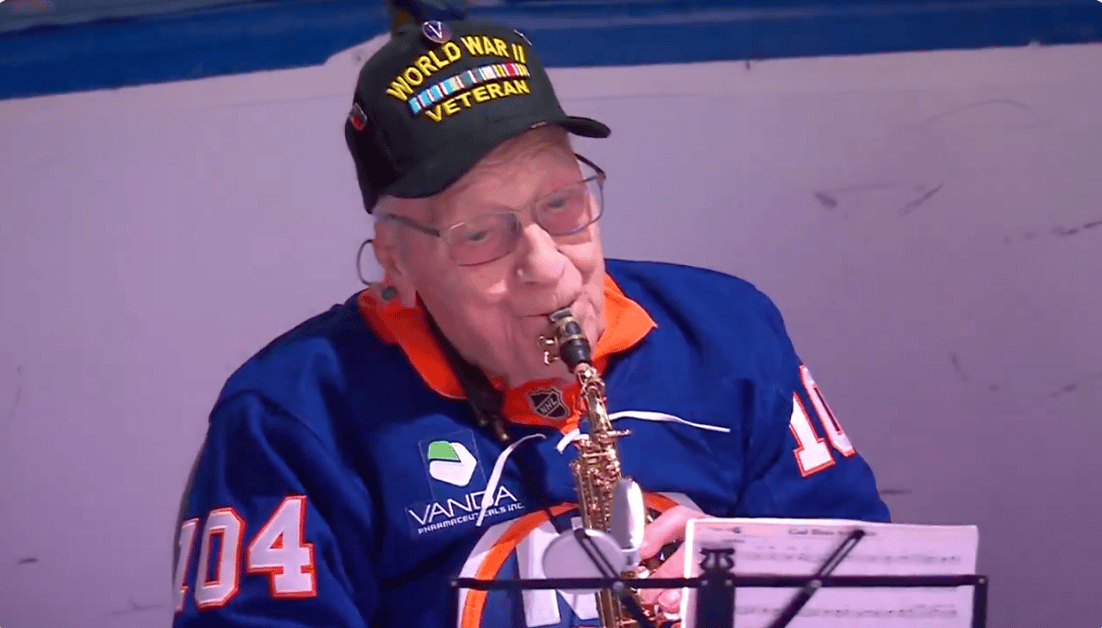Most American Couples Meet Online, Survey Shows

Times, they are a changin’.
In 2021, more than 50% of couples met online. According to the same national survey, a little more than 20% met in a bar or restaurant. Only 15% met through friends.
The “How Couples Meet and Stay Together” (HCMST) project tracks trends in American dating and marriage over time. Created by social scholars from Stanford and the University of New Mexico, the HCMST project has compiled and analyzed demographic and relationship information from more than 5,000 American couples since 2009.
The chart below shows where American couples met from 1940 to 2021, when HCMST took its last survey:

I know what you’re thinking — this is why young people have so many problems. But before you go after hook-up culture and dating apps, remember that “meeting online” doesn’t necessarily mean meeting through Tinder or one of its contemporaries.
Social demographer Michael J. Rosenfeld, one of the architects of HCMST, told The Atlantic in April that the true percentage of people who meet on dating apps is between 25% and 30% — a figure that has stayed “pretty consistent” since 2017.
Couples that meet on social media or other online forums make up the remaining percentage of Americans who meet online.
The HCMST shows the prevalence of these couples increased sharply in the late 1990s and again before 2010. These spikes coincide with the creation of the internet in 1995 and the roll-out of the cellphone, which went mainstream in 2007. Couples who met online surpassed couples who met through friends in 2013 — just one year after the Tinder app launched.
But that’s not to suggest that the internet is entirely to blame for the decline in couples meeting face to face. Rosenberg and his fellow HCMST scholars, Reuben J. Thomas and Sonia Hausen, say some “traditional” methods of meeting declined far before the internet in response to social changes.
“The role of family as matchmaker [declined] for most of the late 20th century, as later age at first marriage and the independence of young adults have removed dating and matchmaking from the oversight of parents,” they write.
Family and community involvement in dating and marriage offered communities a degree of security and social cohesion that the internet doesn’t provide. But these kind of tightly monitored courtships also made the internet an attractive escape for people who didn’t want their relationships to be the talk of the town.
The internet offered similar incentives to young people entering the dating pool and singles looking for a partner. Rosenberg, Thomas and Hausen explain it this way:
[Online forums and messaging] give people the time and distance to frame questions and answers more carefully, to find communities of interest outside the immediate vicinity, and to share things that might be awkward to share in person.
The internet also gives people access to a dating pool that even extensive in-person social networks can’t match. For a single person struggling to meet people in their immediate area, the chance of an online meet-cute could be a good option.
Dissatisfaction with local social opportunities could explain why the percentage of couples who met in geographic locations like church, a neighborhood, or a job decreased when meeting online became more common.
That’s not to say meeting online is preferable to meeting a potential spouse in person. Many young people have sworn off online dating after finding the experience transactional, opaque and unfulfilling. But in a culture where meaningful relationships seem so hard to form, it’s important to understand what benefits the internet can offer.
Meeting people and dating rarely fits in neat little boxes. That’s true for the real world as well as the HCMST survey.
HCMST’s meeting categories aren’t mutually exclusive, which means one couple can be marked down as meeting in more than one way. A couple who met online through a friend with a common Facebook group, for instance, would be marked as a couple who met online and a couple who met through friends.
In 2017, a common acquaintance connected 3.7% of the couples who said they met online. Another 6.8% said they had met in person before “reconnecting” online.
Couples who meet online are also driving an increase in couples who meet in bars and restaurants.
“The apparent post-2010 rise in meeting through bars and restaurants…is due entirely to couples who met online and subsequently had a first in-person meeting at a bar or restaurant or some other establishment where people gather and socialize,” Rosenberg and co. report.
As times change, it makes sense that the logistics of fellowship change too. But whether you’re meeting online or in-person, relationships require wisdom from the One who made us social creatures. Humans’ desire for connection reflects the deeply relational nature of our God. Even Adam, a perfect creation and divine image-bearer, didn’t flourish in solitude. In Genesis 2, the Lord Himself remarked, “It is not good that the man should be alone…” (ESV).
Additional Articles and Resources
Divine Deception — Anti-Biblical ‘Twin Flames’ Cult Draws Thousands of Followers
Dating Etiquette in a Digital Age
New Research on the Damaging Fallout of the Hookup Culture
ABOUT THE AUTHOR

Emily Washburn is a staff reporter for the Daily Citizen at Focus on the Family and regularly writes stories about politics and noteworthy people. She previously served as a staff reporter for Forbes Magazine, editorial assistant, and contributor for Discourse Magazine and Editor-in-Chief of the newspaper at Westmont College, where she studied communications and political science. Emily has never visited a beach she hasn’t swam at, and is happiest reading a book somewhere tropical.
Related Posts

104-Year-Old WWII Vet Performs National Anthem Before Islanders Game
December 30, 2025

Happy Incarnation Day – The Christmas Story
December 25, 2025


